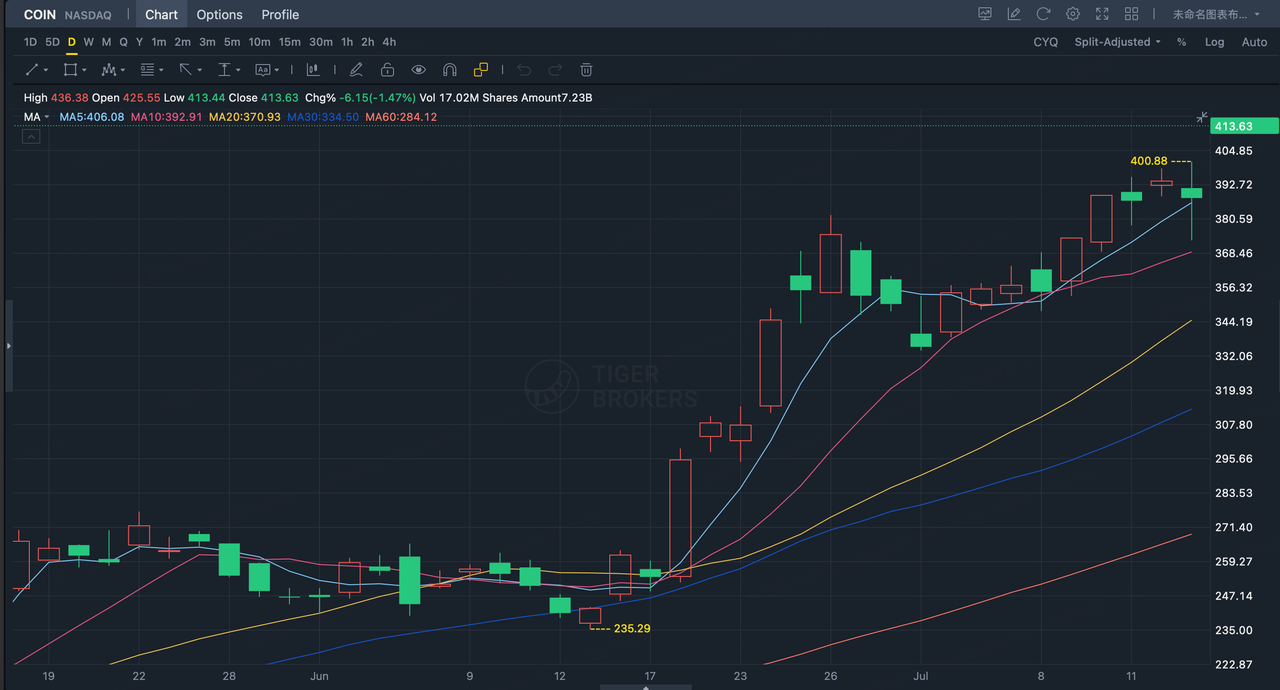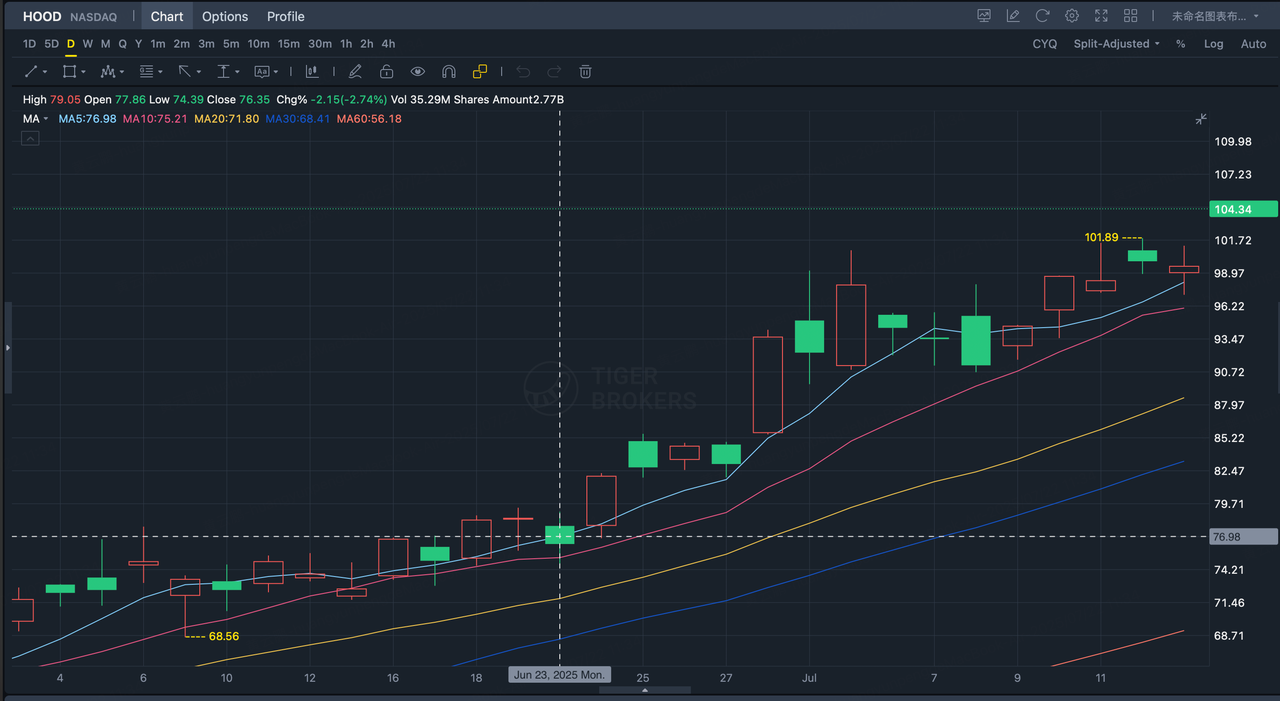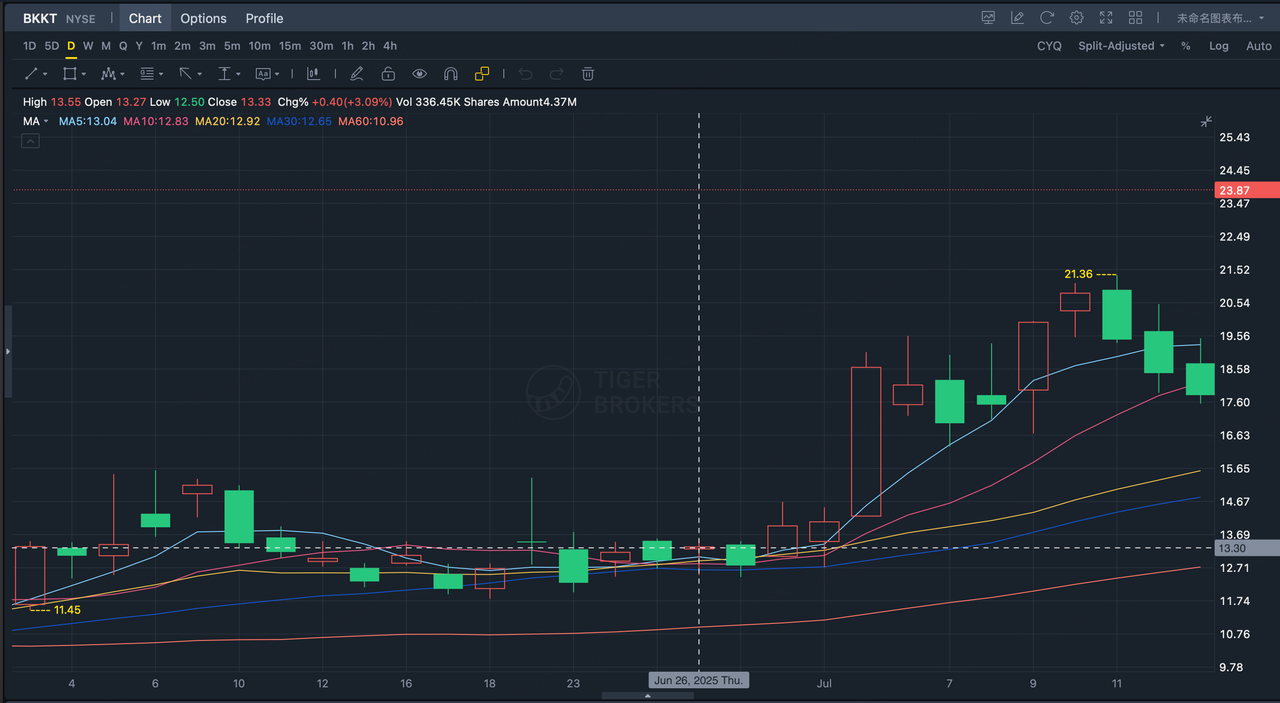|Regulatory Framework for Digital Currency Legislation
Although regulatory priorities vary across countries, stablecoins are commonly defined as crypto assets pegged to legal tender to maintain value. These assets utilize distributed ledger technology and are transferred, stored, and traded electronically. Based on this shared understanding, countries and regions have been actively developing and enacting related legislation.
Notably, the European Union's "Markets in Crypto-Assets "(MiCA) regulation, which includes specific provisions for stablecoins, officially came into effect on June 30, 2024. In addition, Hong Kong's "Stablecoin Regulations "draft bill is scheduled to be implemented on August 1, 2025.
US (GENIUS Act):Federal and state dual-track system: Federal licenses or state licenses are respectively regulated by the Federal Reserve, the FDIC, and the Office of the Comptroller of the Currency (OCC). Only dollar anchoring is allowed, limited to payment-type stablecoins, with 100% reserve of highly liquid assets (cash, short-term US Treasury bonds), and interest earnings are prohibited.Prohibit the circulation of unlicensed overseas stablecoins, and authorise the Ministry of Finance to establish a "non-compliance list".Strictly restrict financial attributes (such as banning interest) and focus on payment functions.
European Union (MiCA Framework):The European Union institutions (ESMA) and (EBA) coordinate, with the financial regulatory authorities of each member state responsible for the specific implementation of supervision. It is divided into EMT (Euro Stablecoin) and ART (Multi-currency Stablecoin), both 100% high-quality current assets. ART has a trading cap, and EMT requires a deposit of over 30%. Uniformly applicable across the entire European Union, cross-border operations are achieved through the "License Pass".Allows EMT innovation but strictly excludes algorithmic stablecoins and security tokens.
Hong Kong, China (Stablecoin Regulations):The Hong Kong Monetary Authority (HKMA) issues licenses uniformly, and the Hong Kong Securities Supervision Commission conducts coordinated Anti Money Laundering reviews. Allows multi-currency anchoring (HKD, USD, offshore RMB, etc.), with a minimum capital threshold of HKD 25 million, and 100% reserve of high-quality current assets. Covers overseas issuers whose offerings are pegged to the Hong Kong dollar and activities promoted to the Hong Kong public. Supports multi-currency anchoring, cross-border transfer scenarios, and reserves room for innovation such as interest income.
Source: 五矿证券-五矿证券稳定币:技术革新重构全球支付体系;中邮证券-中邮证券金工专题报告:稳定币应用场景及行业研究
|Rise of Stablecoin Concept Stocks
1.The leader in the stablecoin market
Circle Internet Group (Stock Code: CRCL) is widely recognized as a leader in the stablecoin market due to its issuance of USDC, one of the largest fiat-backed stablecoins known for strong compliance and transparency standards. Circle became a publicly traded company in 2021 through a merger, marking it as one of the first major stablecoin issuers listed on a public exchange.
Since then, Circle’s stock has attracted significant investor interest, reflecting optimism about the growing adoption of stablecoins and their role in the broader financial ecosystem. However, stock performance has been subject to market fluctuations, and investors should be aware that regulatory scrutiny and competition from other stablecoins represent ongoing challenges. These factors could impact both USDC’s market position and Circle’s financial outlook moving forward.
Source: Tiger Trade July 15, 2025
2.Leading U.S. Exchange in the Stablecoin Sector
Coinbase Global (Stock code: COIN), the largest cryptocurrency exchange in the United States, has made notable strides in the stablecoin space. Its diversified operations span payments, cross-border remittances, and asset tokenisation. However, investment in Coinbase carries several risks, including regulatory uncertainty, crypto market volatility, inconsistent profitability, growing competition, technological vulnerabilities, and the early-stage nature of its innovative ventures, which may limit short-term returns. Following the passage of the stablecoin bill, Coinbase’s stock has experienced significant growth, rising nearly 60%* to a peak of $398.50* as of July 15, 2025.
Note: *Past performance is subject to market volatility and is not a guarantee of future results.
Source: Tiger Trade July 15, 2025
3.Response of Hong Kong Stock-related Concept Stocks
In the Hong Kong stock market, stocks with stablecoin themes have also been sought after by investors. For example, SINOHOPE TECH Holdings (stock code: 01611.HK ), which is known as the "Hong Kong version of Coinbase", Hong Kong chain reform pioneer, participated in Security Token Offerings (STO), Web3 wallet and Real World Asset (RWA) pilot,and closely aligns with the Hong Kong government's Web3 policy initiatives. It is worth noting that the company’s operations are highly concentrated in cryptocurrency trading and asset management which account for approximately 97%* of its revenue. This heavy reliance makes it highly sensitive to price volatility in the crypto market and uncertainties in global regulatory policies.A decline in the prices of Bitcoin or Ethereum, or tighter regulations, could rapidly impact the company’s profitability. The stock price surged sharply from around HK$1.90* in early June to a peak of HK$5.52* as of July 15, 2025.
Note: *Past performance is subject to market volatility and is not a guarantee of future results.

Source: Tiger Trade July 15, 2025
|Derivative Assets of Stablecoins ——Real World Assets (RWA)
RWA (Real-World Assets) refer to physical or traditional financial assets—such as real estate, bonds, invoices, or commodities—that are tokenized and brought onto the blockchain.
The increase in the trading volume of stablecoins has simultaneously led to an increase in the stock of stablecoins. However, since stablecoins do not pay interest, asset tokenization (RWA) has emerged to meet the income needs of stablecoin holders. By tokenizing real-world assets (such as private equity, bonds, funds, commodities, etc.), it provides new investment options for stablecoin holders. The revenue sources of asset tokenization services for stablecoins are similar to those of the asset management industry, mainly including management fees, sales fees, and custody fees.
With the advancement of the GENIUS Act, the clarification of stablecoin policies, and the expansion of tokenized assets such as on-chain US Treasuries, it is expected to guide the migration of traditional financial assets worth trillions of dollars to the blockchain. In this "upgrade of digital asset infrastructure," Robinhood (stock code: HOOD), as a combination of a cryptocurrency trading platform and a traditional securities broker, has a natural role as a bridge.
The company relies heavily on cryptocurrency trading, payment for order flow (PFOF) revenue, and interest income. As a result, it faces ongoing regulatory scrutiny, volatility in the crypto market, pressure from major competitors, and potential operational or security issues with its platform. Consequently, its profitability and stock price are significantly impacted by challenges related to policy, market dynamics, and technology risk management.
Source: Tiger Trade July 15, 2025
2.Digital Asset Trading Infrastructure
Bakkt Holdings Inc. (ticker: BKKT) was founded in 2018 by the parent company of the New York Stock Exchange and is regarded as a foundational builder of compliant institutional DeFi infrastructure.However, its dependence on a limited number of major clients contributes to notable earnings volatility. As of July 15, BKKT’s stock peaked at $21.36*.
Note: *Past performance is subject to market volatility and is not a guarantee of future results.
Source: Tiger Trade July 15, 2025
|The Quietly Growing Coin Hoarding
As cryptocurrencies and stablecoins gain attention, some companies have started holding significant amounts of these digital assets long-term. This practice, often called crypto hoarding, involves using available funds or raising capital to purchase cryptocurrencies, sometimes to benefit from market growth and regulatory differences.
MicroStrategy Inc. (ticker: MSTR) is a well-known example. The company converted much of its cash into Bitcoin, and its stock price has seen notable increases since 2020, reflecting Bitcoin’s price changes.
However, holding large amounts of cryptocurrency carries risks. Prices can be highly volatile, which may affect a company’s financial stability. Issuing new shares or bonds to fund these purchases can impact existing shareholders and the company’s financial structure. Additionally, regulatory and legal uncertainties around digital assets remain.
This process typically involves raising capital, purchasing crypto assets, and potentially benefiting from price changes, creating a cycle that can amplify both potential gains and risks.
Note: *Past performance is subject to market volatility and is not a guarantee of future results.

Source: Tiger Trade July 15, 2025
|Stablecoin Concept Company
Hong Kong, China is building a "blockchain-based financial center" with stablecoins/RWA, the US is vying for the voice over blockchain standards through legislation, and governments around the world have also begun to get involved. Perhaps the current stage is merely the starting point of stablecoin development.
Although stablecoins are rapidly developing and have become a key component of crypto finance, there are still several uncertainties:
Regulatory Risk: Regulations vary across countries. The U.S. is proposing new rules, which could impact product design and operations.
Technical and Compliance Risk: Asset transparency and data auditability must be ensured. A loss of peg or fund misappropriation could trigger a crisis of confidence.
Market Risk: Related Hong Kong and U.S. stocks (such as PYPL, COIN, MSTR) are highly influenced by crypto market and Bitcoin volatility, leading to potentially significant short-term price fluctuations.











